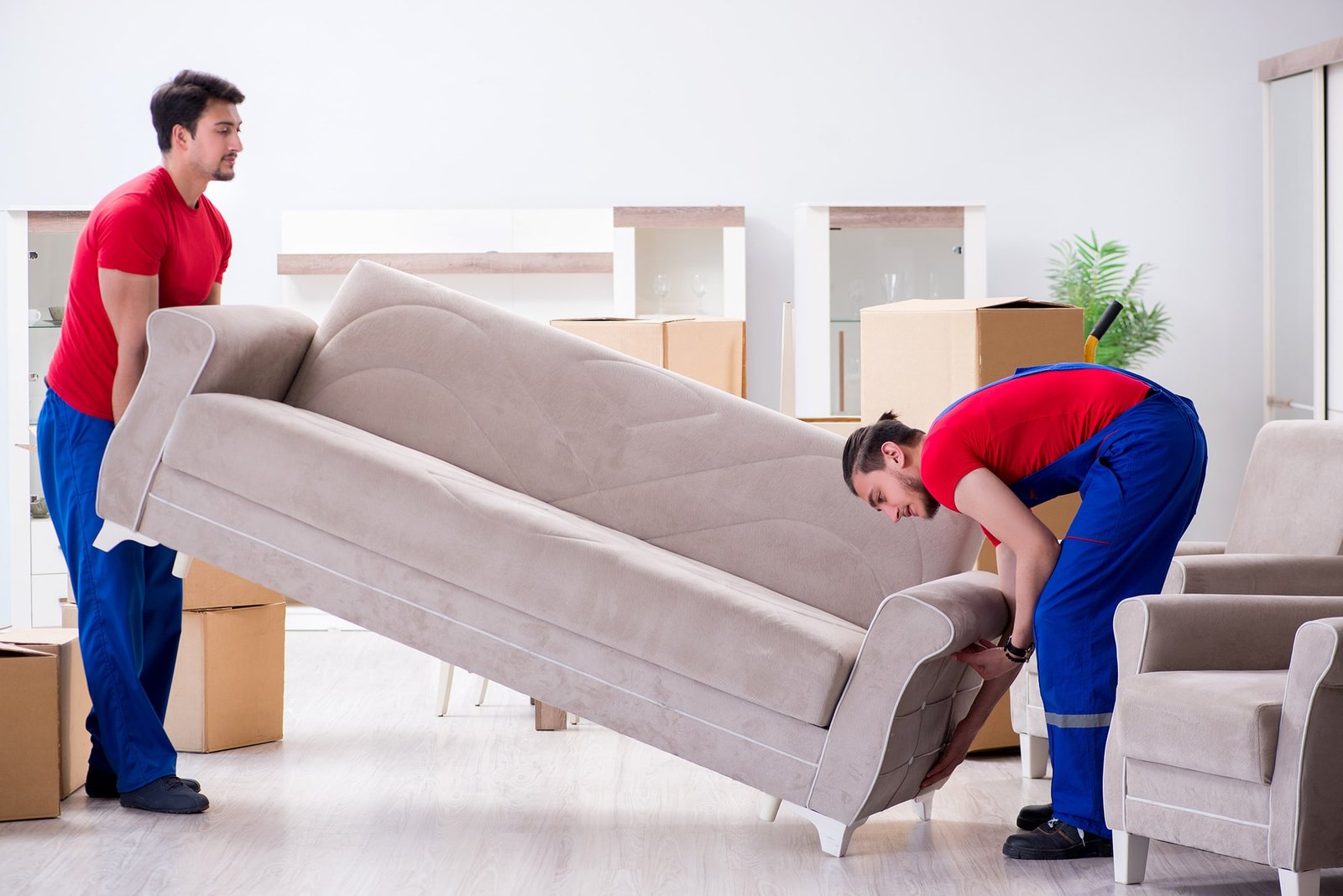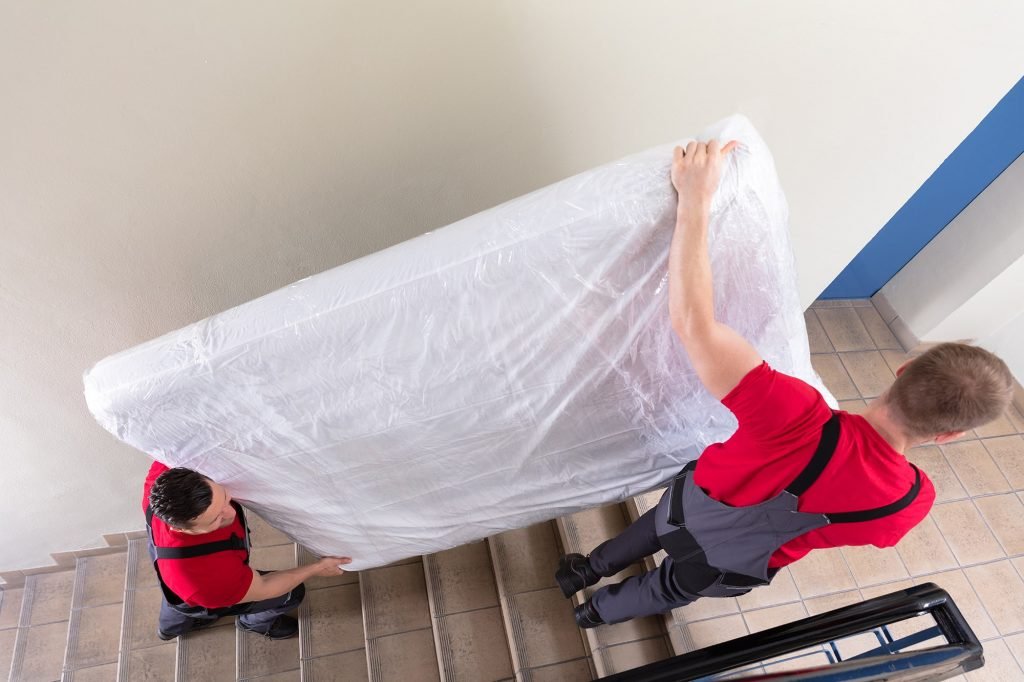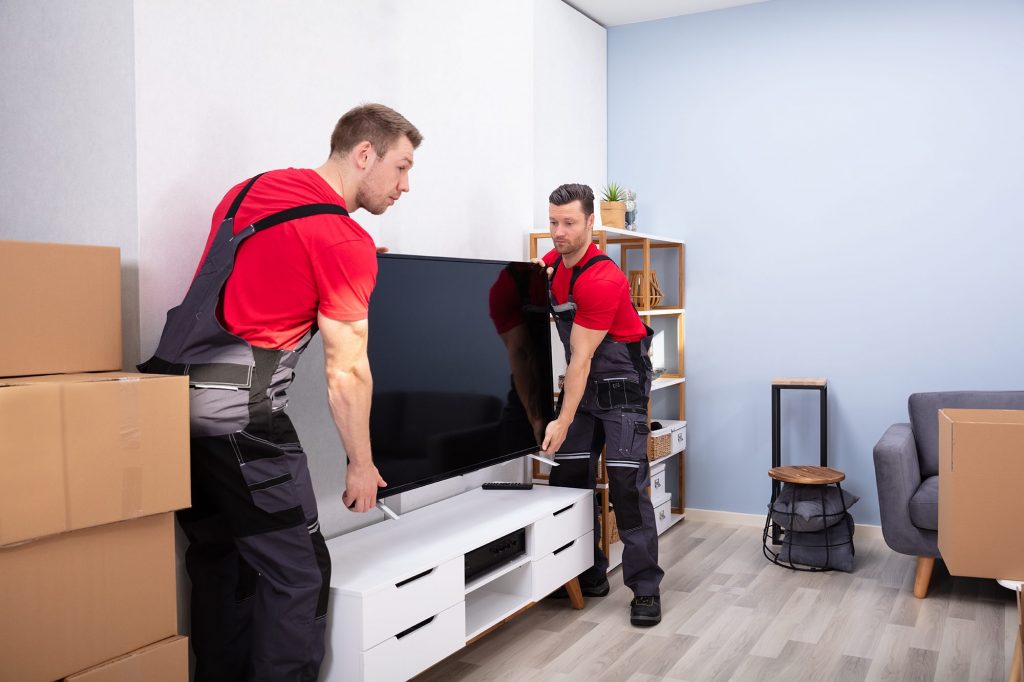Decorating a new home with new furniture is one of the most enjoyable parts of moving into your new space. However, moving heavy furniture can be daunting, especially if you don’t have the proper equipment or knowledge to do it safely.
If you’re planning to move a large sofa or other bulky pieces of furniture into your new home, here are some tips for making the process as smooth and easy as possible:
Start by planning and gathering the necessary equipment.
This will ensure you have all the tools you need to complete the job safely and efficiently. Some critical pieces of equipment include:
· A sturdy dolly or hand truck to make lifting and moving heavy furniture easier. You can also use furniture sliders, lifting straps and moving straps to make lifting heavy furniture onto the moving truck much faster.
· Straps, ropes, or bungee cords to help secure your furniture and prevent it from shifting or falling. Heavy furniture units like bed frames need to be strapped down before heavy lifting.
· Moving blankets, tarps, or moving pads to protect your furniture from damage during transit and while carrying furniture into the house or building.
Check the Space
Once everything is ready, ensure that the space where you will move heavy furniture is clear and prepared for transport. This can include removing any heavy rugs or loose flooring so that nothing interferes with the large furniture as you move it.
It is ideal for checking the available space in your home before you start moving the furniture. This will help ensure that your bulky piece of furniture fits and doesn’t cause any damage to walls or other fixtures in your new home.
Proper Posture
When moving heavy furniture, always lift it with proper form and posture, using your legs rather than your back. Using the proper lifting techniques as well as tools like a shoulder dolly can help you finish all of your tasks with ease.
Next, please take a moment to assess the weight and size of your piece of furniture and any potential obstacles in its path. This will help you plan the best route for moving your furniture into your new home.
Finally, carefully lift or slide your furniture into place. You may use a four wheeled square platform or a moving dolly to make things easier. Follow the guidelines above to help minimize stress on your body and ensure a smooth, safe transition for your table.
You Need a Buddy to Lift Heavy Furniture With
If you’re struggling to lift and move your furniture, consider enlisting the help of a friend or family member. It not only makes the load lighter but also reduces the risk of injury by spreading the work.
Having someone else spot you as you move your furniture can also be helpful, especially if you have a complex piece to transport.
Moving heavy furniture: when is it time to call the professionals?
Professional movers know how to pack, move, and lift heavy items safely and efficiently. From furniture to appliances, they have the knowledge and experience needed to get your belongings to their new destination with minimal risk of damage or injury.
Packing Furniture
Professional movers know how to pack furniture effectively, so they take all the necessary precautions to prevent damage and keep your belongings safe. Some essential packing tips include:
1. Place plastic sheeting or cloth under the item you’re moving to protect against scratches or scuffs on the surface of your floors.
2. Make sure that any drawers are empty before moving, and close them to prevent any items from falling out.
3. Use protective padding on the furniture, such as bubble wrap or newspapers, to keep it from getting scratched or damaged during transport.
4. Tie up any loose cords on electronics such as computers or speakers before moving, so they don’t get tangled or damaged in transit.
Lifting and Moving Furniture
If you’re moving heavy furniture, it’s essential to be extremely careful and take the necessary precautions to avoid injury.
Some essential tips for lifting and moving include:
1. Remove anything on top of a piece of furniture that might fall off during transport, such as books or decorations.
2. Use caution when lifting furniture, and engage your core muscles to provide stability.
3. If you need help moving a heavy piece of furniture, enlist the help of another person and work together to move it safely.
4. Always lift with your legs rather than your back, as this will reduce strain on your lower body and help prevent injuries.
5. If the item is too heavy or bulky to lift on your own, consider using furniture moving equipment such as a dolly or hand truck to make the process easier and safer.
Disassembling and Reassembling Furniture
Many large pieces of furniture, such as dressers or cabinets, must be disassembled before moving. This can make the process more time-consuming, but it is essential to prevent damage and ensure that your items are safely moved.
Some tips for disassembling and reassembling furniture include:
1. Read the instructions on your furniture carefully, and note any special tools or parts that may be needed.
2. Remove all of the hardware from the piece before beginning disassembly, keeping each part in a separate place so that it is easy to find later on.
3. Carefully remove any drawers or doors from the furniture, and keep track of any hardware that may need to be reattached later.
4. Use sharp, sturdy tools such as screwdrivers or wrenches to remove screws or bolts from the piece, not damaging any surfaces in the process.
5. When reassembling your furniture, begin with the largest pieces, and work your way down to smaller parts. Double-check that all of the screws and bolts are securely in place, and reattach any hardware pieces that may have been removed during disassembly.
Moving and Lifting Electronics: How to Go About It?
When moving and lifting electronics, it is vital to take special care to prevent damage or injury. Some essential tips for safely moving and lifting electronics include:
1. Always unplug your electronics before moving them, as even small jolts of electricity can cause damage during transport.
2. Wrap your electronics securely in bubble wrap or protective packaging to prevent scratching or other damage during transport.
3. Use a dolly or other lifting equipment to move your electronics rather than trying to lift them on your own.
4. When lifting electronics, keep your back straight and engage your core muscles for support rather than bending at the waist.
5. If you need to transport your electronics up or down stairs, take extra care to ensure that the items do not get dropped or damaged during transit. With these tips, you can safely move and lift your electronics without worrying about potential issues.
Conclusion
If you’re planning a move and need to pack or transport heavy furniture, it’s essential to take the necessary precautions to keep yourself and your belongings safe. Whether hiring professional movers or taking on the task yourself, these tips can help make the moving process more manageable and less stressful.



